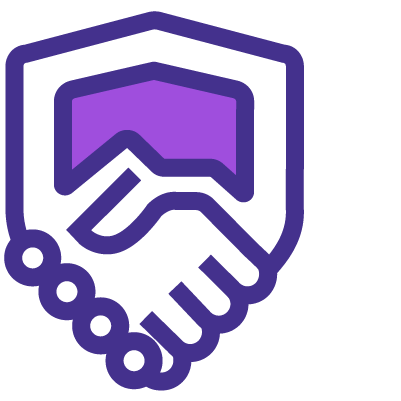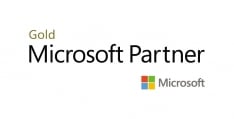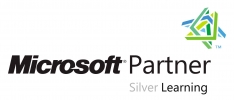 To help and support our clients we are providing a limited number of 250 daily discount codes. Hurry, first come, first served!
To help and support our clients we are providing a limited number of 250 daily discount codes. Hurry, first come, first served!
Microsoft SQL Server Training FAQs

Why we're the go to training provider for you

Best price in the industry
You won't find better value in the marketplace. If you do find a lower price, we will beat it.

Trusted & Approved
We are accredited by PeopleCert on behalf of AXELOS

Many delivery methods
Flexible delivery methods are available depending on your learning style.

High quality resources
Resources are included for a comprehensive learning experience.




"Really good course and well organised. Trainer was great with a sense of humour - his experience allowed a free flowing course, structured to help you gain as much information & relevant experience whilst helping prepare you for the exam"
Joshua Davies, Thames Water



Looking for more information on Microsoft SQL Server Training
 Microsoft SQL Server Roles: Explained in Detail
Microsoft SQL Server Roles: Explained in Detail Microsoft SQL Server vs Azure SQL: Choosing the Right Database Solution
Microsoft SQL Server vs Azure SQL: Choosing the Right Database Solution Tracing the Microsoft SQL Server History
Tracing the Microsoft SQL Server History Top Microsoft SQL Server Features: Explained in Detail
Top Microsoft SQL Server Features: Explained in Detail How to Create a Database in Microsoft SQL Server?
How to Create a Database in Microsoft SQL Server? Top 10 Microsoft SQL Server Books in 2024
Top 10 Microsoft SQL Server Books in 2024 Microsoft SQL Server Roles: Explained in Detail
Microsoft SQL Server Roles: Explained in Detail















 If you wish to make any changes to your course, please
If you wish to make any changes to your course, please


